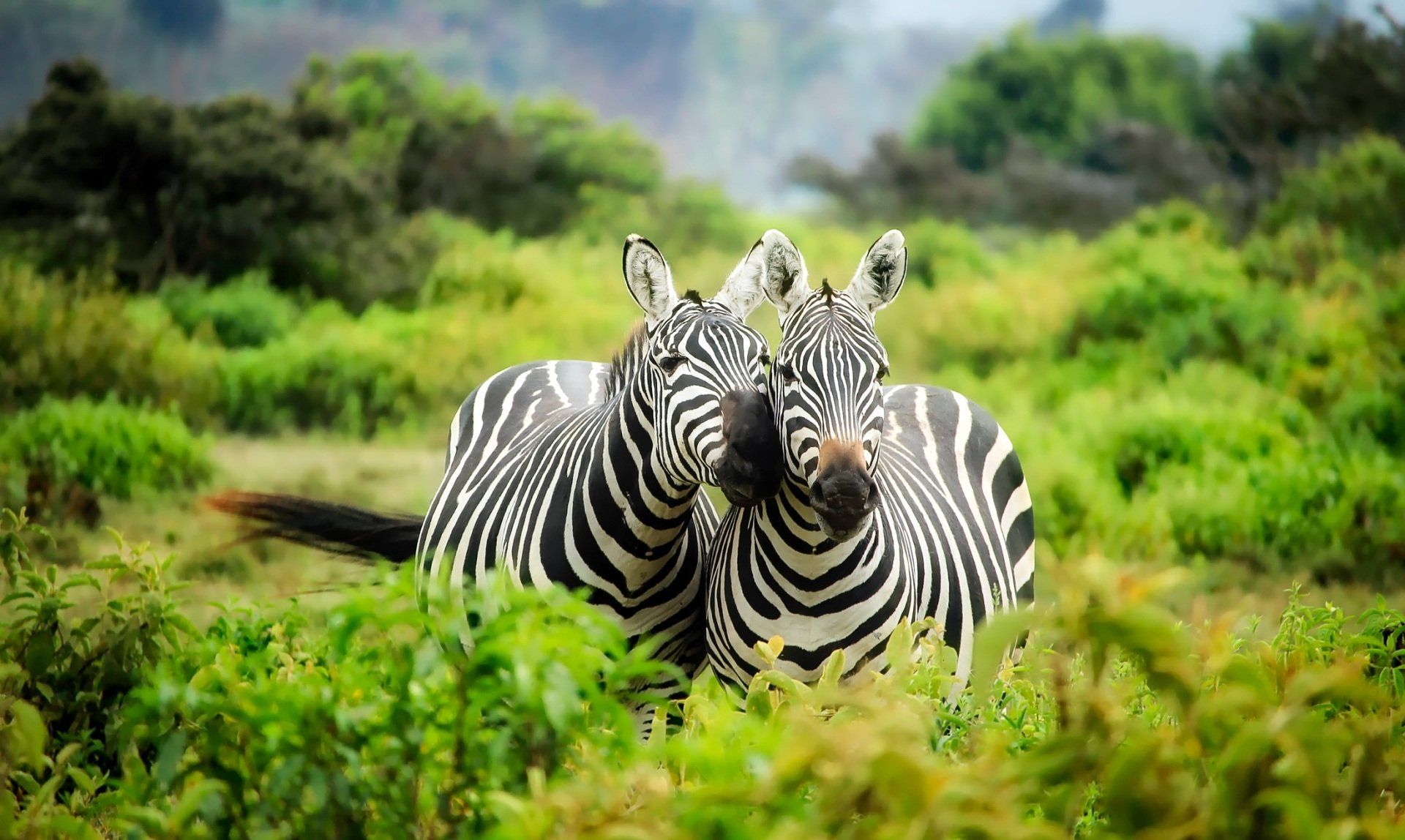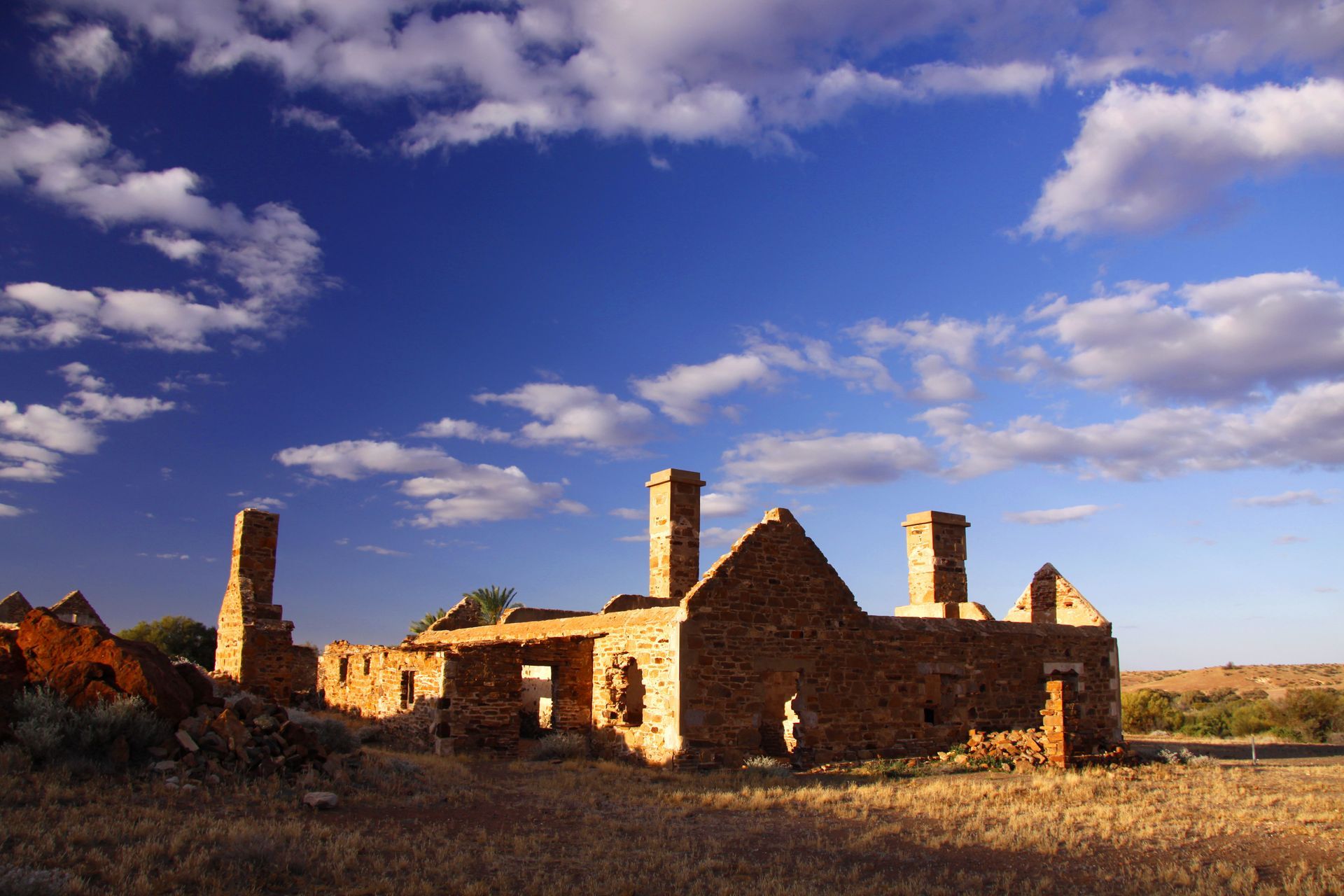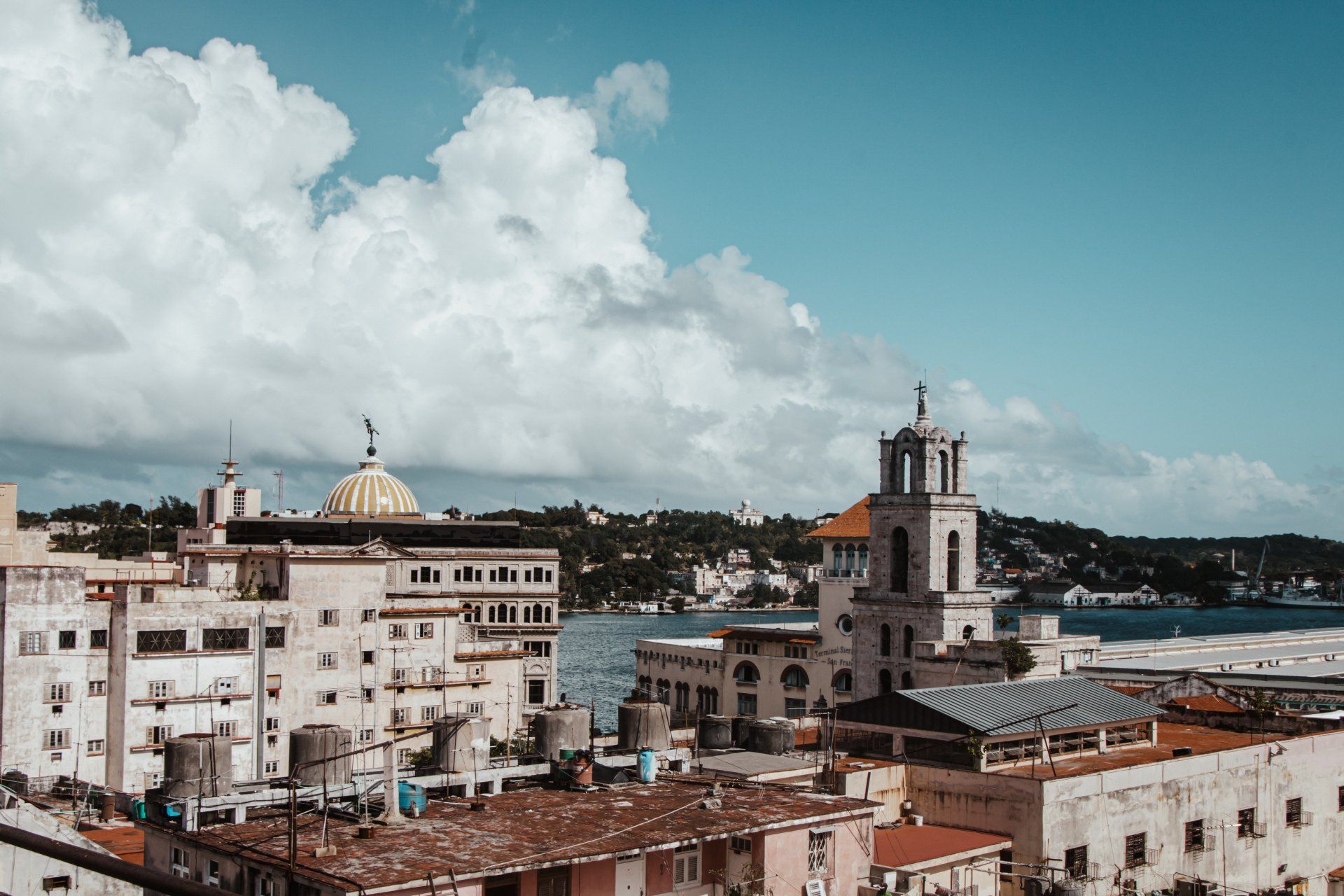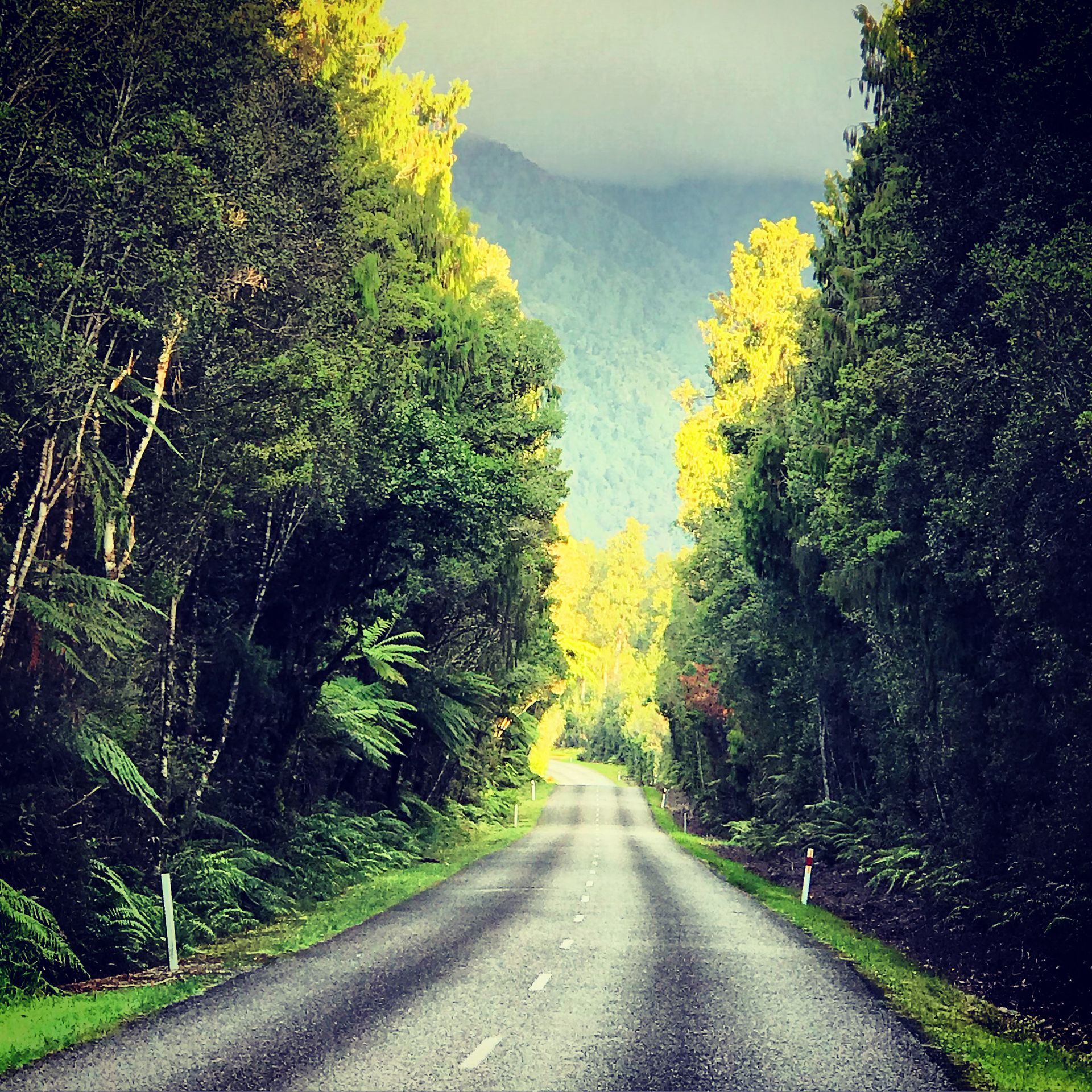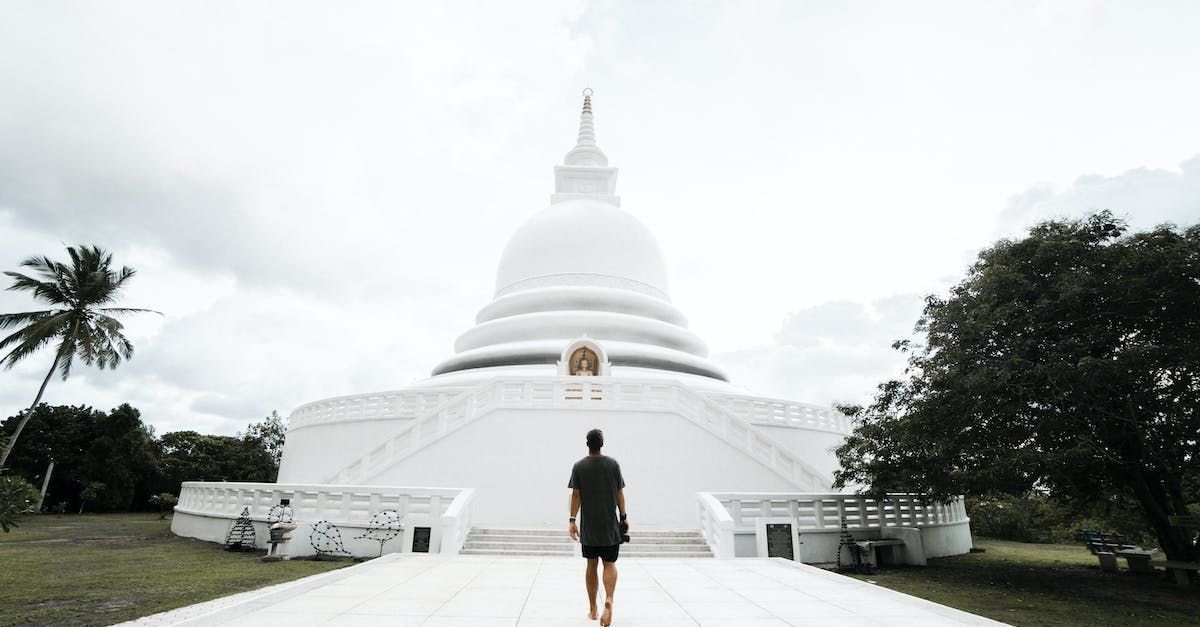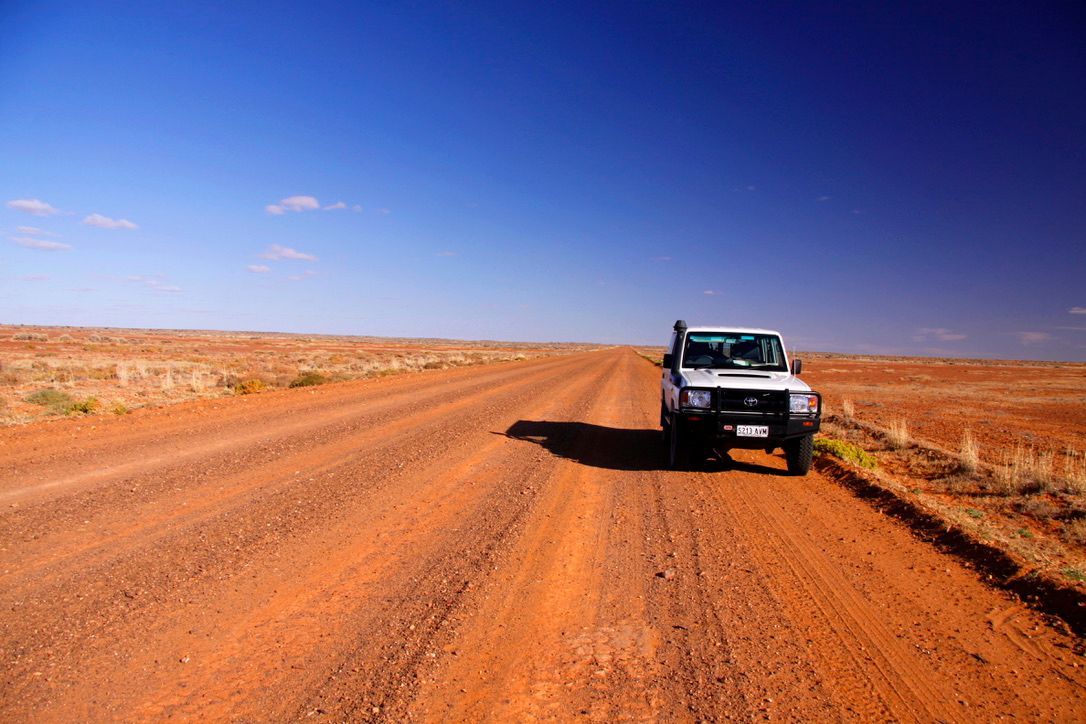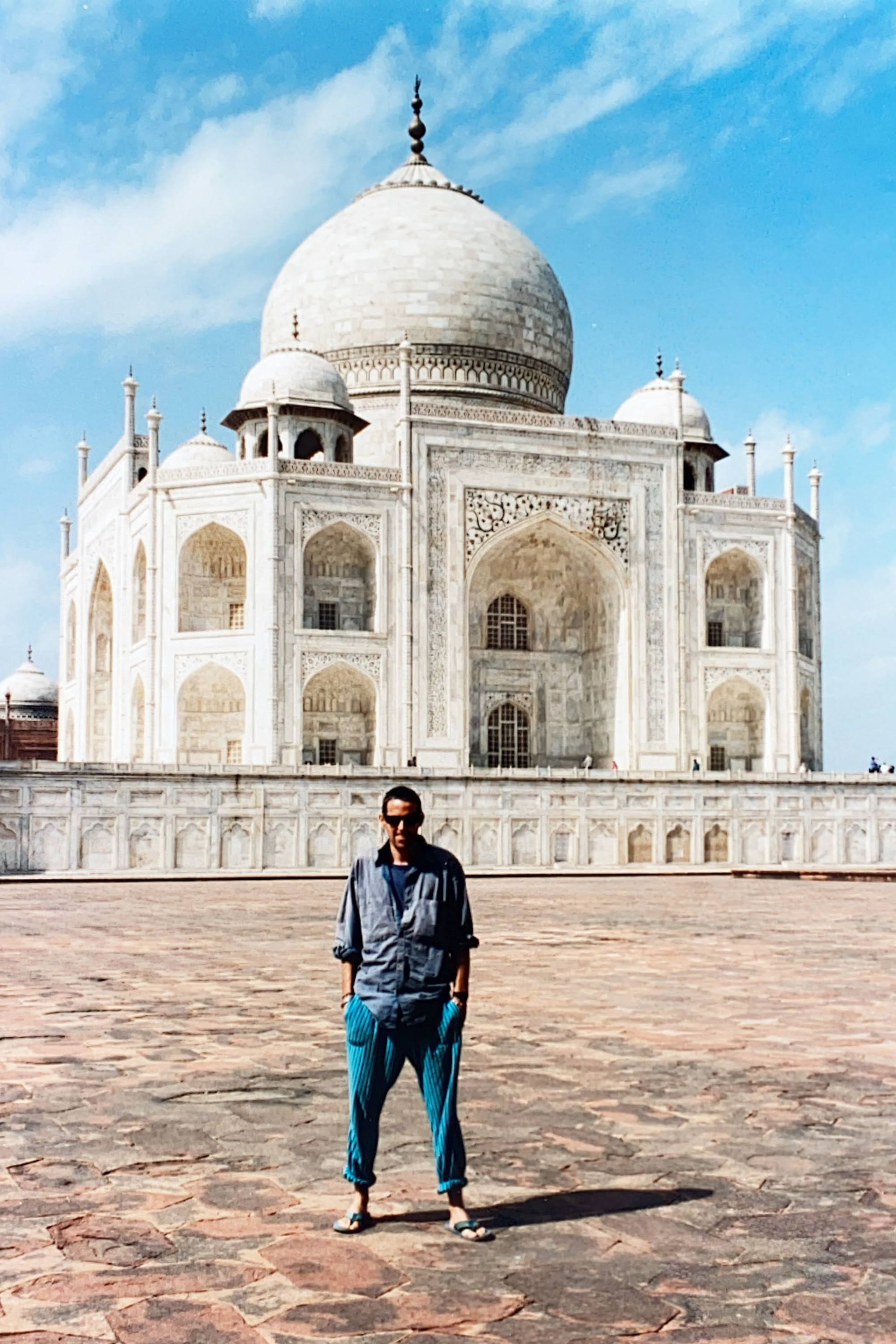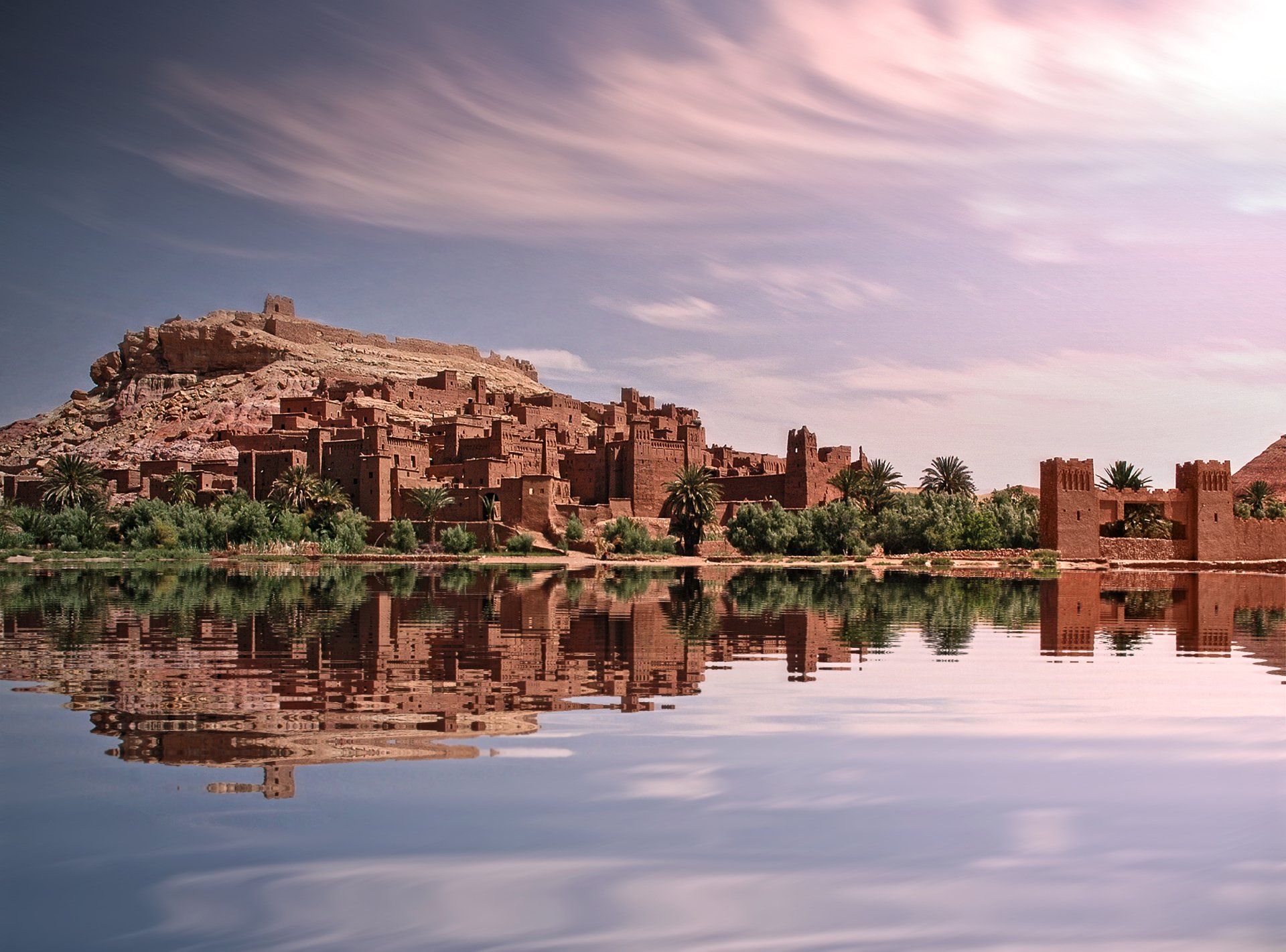You can feel the distance.
It carries a weight that’s heavier than anything.
– Kate Kacvinsky, Awaken
Dusk at Eringa Waterhole. As the setting sun slides below the western horizon, flocks of galahs and corellas set up a cacophony of screeching as they return to their roosting trees. The south-east breeze dies away. The surface of the waterhole gleams like a mirror in its frame of trees. A big, perigee full moon stretches a ladder of silver across the water.
By the time I have pitched my tent and organized my camp it is dark. I light a fire in a circle of stones. The dancing firelight flickers in the branches of the river red-gum trees growing along the edge of the waterhole. I boil some water and brew a cup of tea, then open my computer and write the first paragraphs of this story.
I am deep in the arid heart of South Australia. Over the previous four days I have driven north along the Oodnadatta Track: a lonely outback road on the western edge of the Simpson Desert. My destination, the geographical centre of Australia, lies further north over the border in the Northern Territory.

I sit up late into the night at my Eringa camp, listening to the comforting sounds of the ABC coming over the AM band on my 4WD’s radio. Barramundi plop and splash in the waterhole as they catch insects flitting over the surface. A kookaburra cackles occasionally. Nearby, the roofless remains of the old Eringa Station homestead stand awash in moonlight.
The windows of the abandoned railway station stare sightlessly out onto a landscape of grey saltbush and red dirt.
In the cold of dawn I fan the fire back into life and cook bacon and eggs for breakfast. One of the simple pleasures of travelling in the Outback is cooking your own food over open fires. I drink coffee squeezed from a tube and stare into the glowing embers. The local birdlife squawks and gurgles; the waterhole reflects the trees and the big sky. Through the crackle and pop of static, a disembodied voice reads the news. But the goings-on of the world are of no importance out here.

At Abminga Siding, a hundred kilometres north of Eringa Waterhole, the road crosses the remains of the old Central Australian Railway line. Nicknamed “the Ghan” (short for Afghan, a reference to the Afghan cameleers who pioneered transport routes into Australia’s inland), the Central Australian Railway operated for more than a century. The last train passed down the line in 1980.
The windows of the abandoned railway station stare sightlessly out onto a landscape of grey saltbush and red dirt. The roots of a casuarina tree have cracked and heaved the platform. Swallows nest in the eaves of the verandah; galahs roost on the rusted water tower.
Inside, the names of passing travellers are scrawled in charcoal on the flaking plaster walls. A loose sheet of corrugated iron rattles on the roof. The hiss of locomotive steam is just the sound of cicadas. It is a lonely, melancholy place.
Beyond Abminga, the road crosses a vast plain of gibber desert. The gibbers, small rounded ironstones patiently polished by the wind over millions of years, form an impermeable glaze which protects the soil beneath from erosion. The blasted, featureless landscape looks like the photos of Mars beamed back by the Curiosity rover.

I pass through a gate set into a two-wire fence which forms the border between South Australia and the Northern Territory. The road bends slowly west: a graded scratch in the red dirt running to a vanishing-point on the horizon. The suspension shudders and rattles as I drive along the corrugated surface. The wind whips a cloud of fine crimson dust off into the grey saltbush scrub growing along the roadside. The sky is a vast indigo dome draped with fuzzy strips of altostratus cloud.

A bullet-scarred sign bolted to a steel pole reads “Lambert’s Geographical Centre 21km. 4WD Only.” I turn off onto the track and engage four wheel drive, low ratio. The surface is soft and sandy; scrubby mulga trees scrape against the bodywork. A colourful profusion of wildflowers, brought to life by recent rains, carpets the ground.
the burning shores of the north where you can smell the hot breath of Asia.
I drive for half an hour. Side tracks join and branch off from the track. I begin to feel a little anxious about getting lost. No one knows where I am; my cell phone doesn’t work. I stop and mark an “X” on the ground with sticks and set my odometer to zero. If I haven’t reached the LGC after five kilometres I will turn back.
In a patch of deep sand the colour of chili powder, the tyres lose traction and I am stuck. The rear wheels have sunk to the axles. I discover that the front hubs are unlocked meaning that I have only been in two-wheel-drive since I left the main track. With the hubs locked I easily drive out of the hole. Two minutes later I am in the centre of Australia.
Named after cartographer Bruce Lambert, the Lambert Geographical Centre was calculated in 1988 as part of Australia’s Bicentennial celebrations. The location was computed by measuring the distance from 24,500 points around the continent’s coastline. A scale model of the flagstaff on Australia’s parliament building in Canberra marks the location at LAT25° 36´ 36.4”S, LONG134° 21´ 17.3”E.
I stand beneath the monument with my arms outstretched. I can feel the weight of the continent balanced on this point. I close my eyes and imagine the farthest corners of the Australia: the cliffs of the Great Ocean Road, the bustling Eastern cities, the endless white beaches of Broome and the burning shores of the north where you can smell the hot breath of Asia.
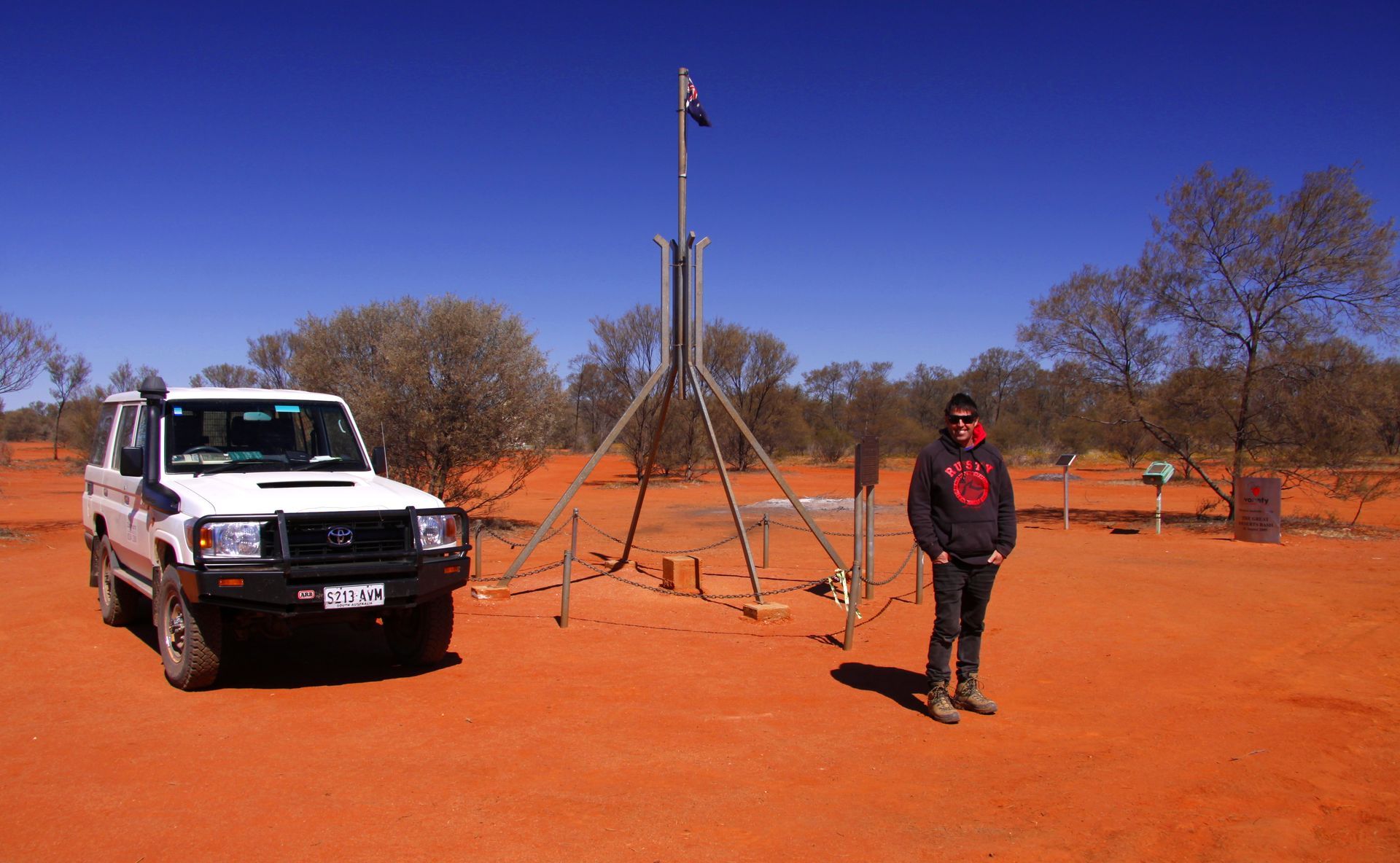
A battered visitor’s book sits in a converted jerry-can welded to an iron post. Most of the comments are of the “ticked off the list” variety. I sign my name and write a line from a Bastille song: “under the weight of living.” On the way back out to the road I stop and lie amid a sea of pure white daisies, like desert snow on the red ground.
A few days later, I sit in a café on Rundle Street in downtown Adelaide. After the silence and emptiness of the Outback, the hustle of the city jars my senses. The street outside is shiny-black with rain; avalanches of cars rumble past as the lights change from red to green. There is a girl sitting near me on the same table. If this was the Outback, we would talk. But this is the city so we say nothing to each other.
I think of my camp beside Eringa Waterhole, the ruins of Abminga, the wildflowers of the desert. I can feel the weight of the distance between me and the places I passed through on my journey to the centre of Australia. I finish my coffee and walk out into the darkness on the edge of the continent.
